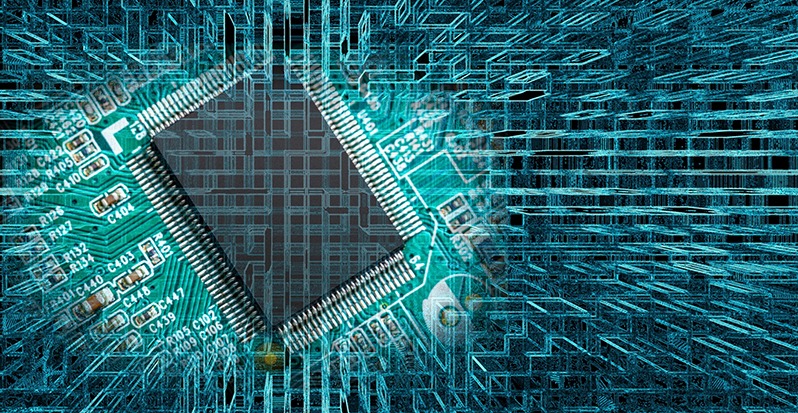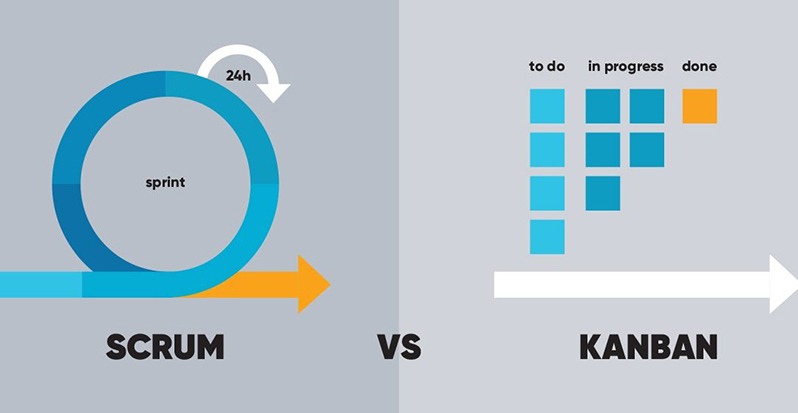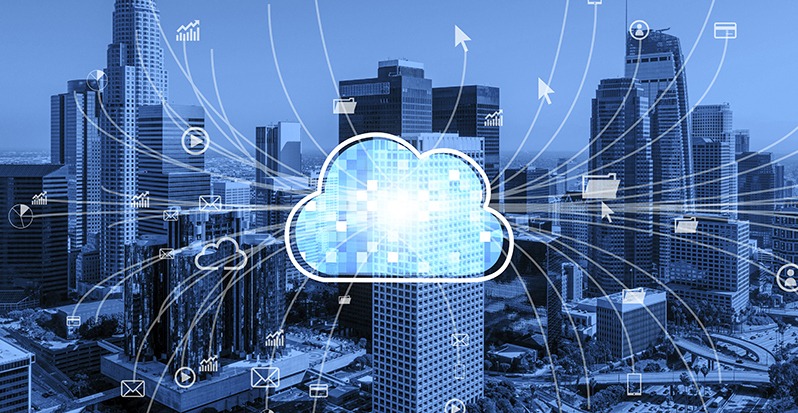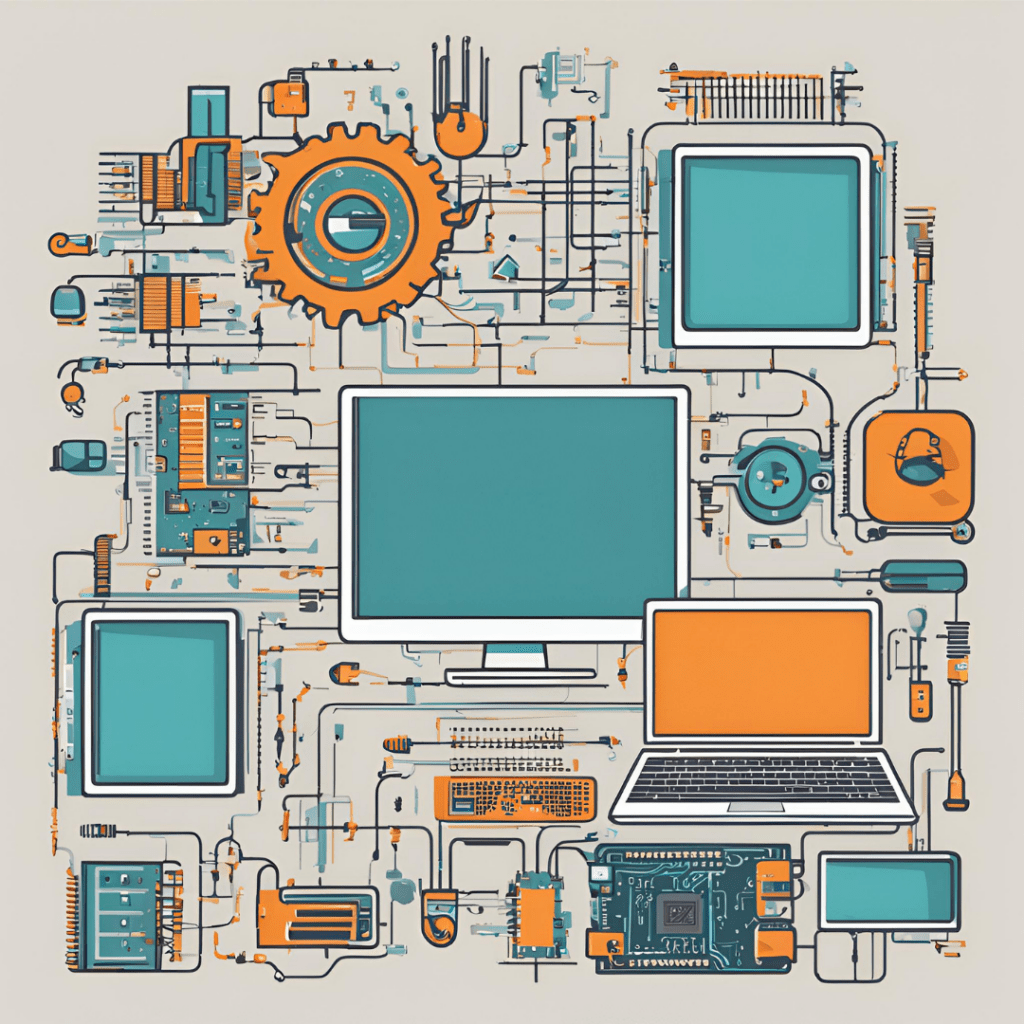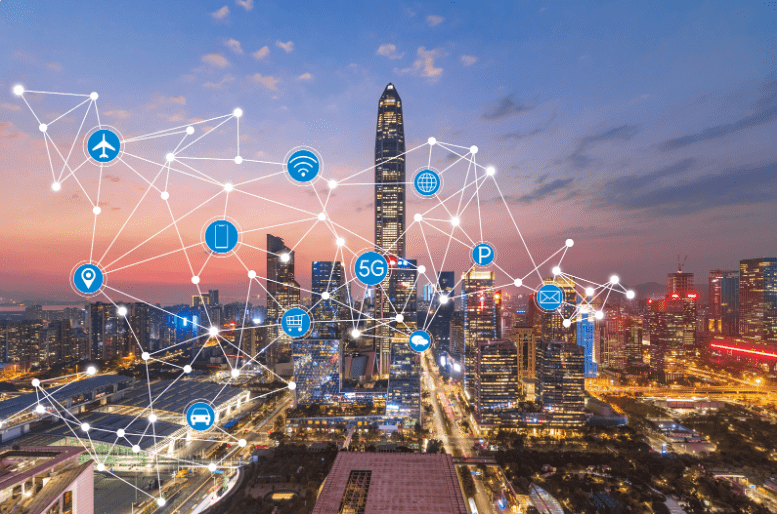The Challenges in Low-Code Adoption You are Likely to Face
The concept of low code was coined way back in the 1990s. During that time, Microsoft Office users were creating simple yet advanced automation using Visual Basic. And by now, most technology leaders have recognized the value of low-code development in this modern era. A 2021 Gartner study has predicted that over 75% of large enterprises will utilize at least four low-code development tools. Undeniably, the adoption of low-code platforms delivers a great business value. But despite this rapid growth, low-code strategies often face significant challenges that discourage many businesses from using low-code development platforms. A low-code development platform is not a silver bullet, and it can be detrimental to the effectiveness of an organization if the challenges are not addressed correctly. Let’s have a look at the most oft-cited challenges and the best ways to address them: This is the most common challenge for developers in low-code platforms. If you are following the path outlined by the platform, everything is smooth and easy. But if you try to bend the platform for your unique business requirements, it is difficult or almost impossible to achieve your goals in a standard development environment. Some platforms might provide limited customization options or access to the underlying code, but it comes with specific customization limits. The best solution to this problem is to choose an extensible platform powered by multiple open technologies like HTML, JavaScript, and Electron/Cordova. The flexible platform allows you to implement customizations with extensible tooling and meet future business requirements. You can also choose to develop a customized software solution and augment the application with required APIs, workflows, and business rules. It is difficult to debug the applications built on low-code platforms as the logging of the platform is not mature enough. Usually, these types of platforms overlook the effort to keep the design simple with drag-and-drop features and minimal configurations. When the coding and user interface are not simplified, it gets challenging to debug the front-end and back-end of the application. The best way to address this problem is to choose a low-code platform that provides testing and visual debugging capabilities. Another solution is to run the program locally using the popular debugger application. The database logging capabilities of debugger applications allow you to debug the front-end and back-end performance efficiently. While many enterprise applications could run in isolation, in today’s connected world, most of the applications must integrate with different systems. Growingly, the low-code platforms are also promising to enable you to build the required parts of APIs and integrate them into the application. However, there is a high complexity of managing APIs when you need to integrate with dozens of systems. Today, even the basic business functions like billing, accounting, and payments are routed through APIs, integrations have become a necessity. The most feasible solution to this problem is to choose a platform that allows you to use drag and drop connectors and logic constructs to create custom flows of integration and perform workflow automation. Another solution is to choose reusable integration templates that can help you speed up the integration process without any hassles. Low-code platforms are positioned as easy-to-use, agile, and efficient but this is mostly riddled with the increased user training requirements. The steep learning curve of low-code platforms may outweigh the benefits because it adds heavily to the business cost. The teams have to spend time learning the platform, keep themselves updated about the new features and versions, and a lot more. The best solution to this problem is to choose a platform with a familiar user interface and features. For example, it will take less time to learn the JavaScript framework as compared to an entirely new ecosystem. When the familiar framework is combined with powerful customization features, it can drastically reduce the learning curve of the platform. When building different features of the application, low-code platforms offer multiple components and templates that can be configured to meet specific business requirements. Even if the low-code platforms are equipped with fancy features, a drag-and-drop interface, and many out-of-the-box functions, they cannot accommodate a sudden rise in users or business expansion requirements. While seasoned developers spend years developing expertise to create scalability in the application, it is not possible to expect the same level of scalability in low-code platforms. It is recommended to ensure that the internal processes and architectural needs of the platform are aligned towards scalability. Also, the use of microservices architectural models is preferred over multiple architectural designs to reduce the time spent on managing the large application systems. Low-code platforms do not compromise the security of the data. Developers need to decide about various access controls, permissions, and configurations to ensure data security. But low-code platforms lack the process of data management as there are only a few platforms that offer precise controls like login scrutiny, time-based access, viewing, altering, and sharing the information. In addition, the business logic errors in the low-code platform can lead to data leakage. With an ever-increasing number of users on the The best way to ensure data security is to put restrictions on the utilization of data or a specific type of information being shared. It is recommended to choose a low-code platform that comes with fine-grained controls and a strong content access mechanism. Final words Although low-code platforms are not likely to replace software development, they will become more important across varied industries due to increased agility in the business environment. Today, digital transformation relies on agile software development and continuous improvement. In this case, low-code platforms provide that agility and empowerment to non-technical stakeholders aka Citizen Developers. It is useful to know the likely challenges with low-code platforms so that you can devise strategy to proactively manage those.


